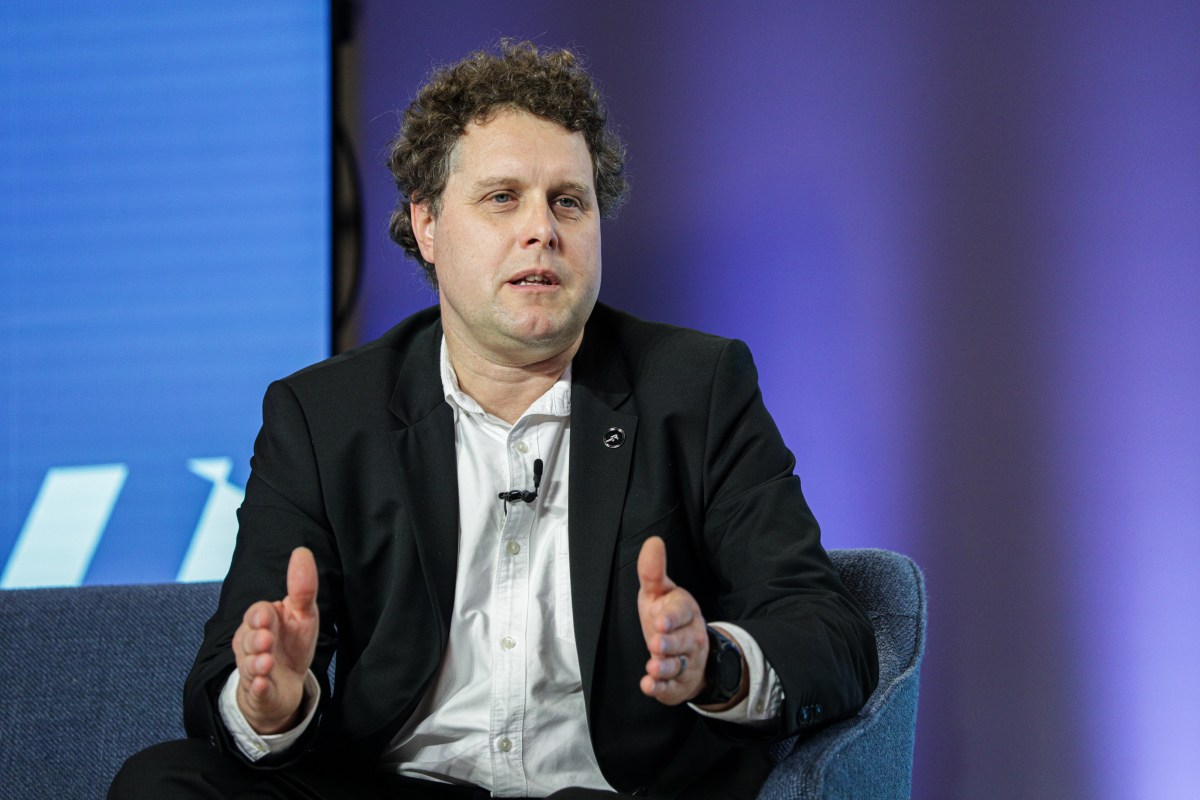Rocket Lab surpassed $100 million in quarterly revenue for the first time, a 71% increase from the same quarter of last year. This is just one of several shiny accomplishments executives showed off to investors on Thursday — and a good omen for the space company’s medium-term ambitious plans.
Executives continued to tease plans for a Rocket Lab owned and operated satellite constellation, part of founder and CEO Peter Beck’s stated ambition to become an “end-to-end space company.” The company is clearly aiming to do something similar to what SpaceX does with its Starlink constellation: beat out the competition by owning the launch vehicles, along with an extremely vertically integrated supply chain that enables manufacturing at-speed.
“By owning launch and spacecraft, we’re at a distinct advantage when it comes to establishing our own space capabilities or constellations,” Beck said during an earnings call Thursday. “We can build and launch our own spacecraft at cost, and we don’t have to wait in line for limited launch capacity. We completely avoid the pain point that most constellation operators face: being at the mercy of suppliers on cost and schedule, often causing deeply disruptive delays and bringing capability online at scale.”
While Beck declined to go into specifics about what exact capabilities they’re exploring, he suggested that acquisitions will continue to play a role in the company’s strategy.
But to realize its constellation plans, the company will first need to bring its medium-lift Neutron rocket online. Rocket Lab is planning to launch Neutron for the first time in mid-2025, an extremely aggressive schedule: The company admits that, if they nail that date, it would be the fastest commercially developed vehicle to go from cleansheet design to market for its weight size.
That rocket will be powered by nine of a brand-new engine called Archimedes, which completed a key test this month. The “hot-fire” test, which took place at the company’s test complex within NASA’s Stennis Space Center in Mississippi, saw Archimedes fired up beyond full power on a test stand for the first time. Now the engineers can move on to a full qualification campaign and the manufacturing of the next batch of engines.
Apart from the engines, Rocket Lab said all of Neutron is now under production and qualification. There’s still plenty of work ahead — including establishing launch infrastructure, like the test pad, not to mention integrated tests of the rocket itself — but Beck confirmed that the company is on track to launch from mid-next year.
Neutron will have a payload capacity of 13,000 kilograms, which will make it a direct competitor to SpaceX’s Falcon 9, indisputably the leading launch vehicle operating today. Beck addressed the question of how Neutron will compete with what he called the “practical monopoly” in medium-lift launch, saying that demand is only growing for launch capability, particularly among mega-constellation planners.
“Neutron is best placed to be the rocket that disrupts this monopoly,” he said. “We have a proven track record of building and launching a reliable vehicle that became a market leader. Through this experience, we’ve been able to work incredibly closely with customers to design a new rocket that meets their needs, resulting in a customer-led design, and we’re on track to bring that to market at an incredibly rapid timeline.”
Beck took the occasion to point out a common misconception about the company: that it is just a launch provider. In reality, launch is just one part of the business, with “space systems” — which includes satellites, software and components — being the other.
In addition to the $106 million in revenue for the second quarter, of which $29.4 million came from launch and $77 million from space systems, the company expects nearly the same amount in revenue next quarter. Rocket Lab ended the quarter with $547 million cash-on-hand.

